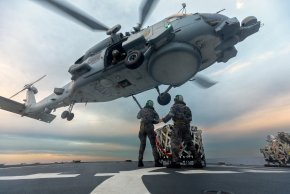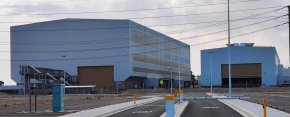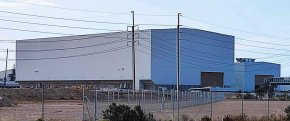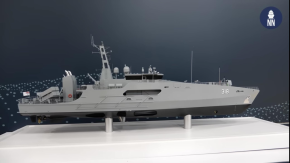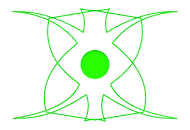While I admit the lack of definition of Tier 2 has caused much speculation and angst. The reality is a two tier navy is just maintaining the status quo.Tier 2 is nothing but a meaningless, policy-driven word. It doesn't actually mean anything, which in turn means that anything can be Tier 2. No matter what, that guarantees success.
Take a possible Tier 2 definition from various points of view. A Tier 2 in terms of the:
1. RAN is a modernised ANZAC
2. Allies is a Hunter or Constellation
3. Regional is a Arafura
4. Threat is a Hunter
Now, if the DSR is meant to make a force designed to counter 'greatest strategic threat eva!" like it claims, then that sounds like more Hunter's sooner. After all, you build a force to address an identified threat - or you don't bother building at all.
For me, the greatest single problem faced by the RAN and national shipbuilding is a lack of long-term commitment to a single outcome. It delayed Perth-class replacement, it delayed Collins-class replacement, it delayed Anzac- and Adelaide-class replacements. If we just focused on delivering the plan instead of grasping for 'easy' or 'quick' solutions (of which there are none for a nation at peace) we probably would have 4 - 6 DDG and 2 - 4 modern FFG already.
I know how these documents are written and have helped draft similar ones in the past. I may (probably) would have been rolled, but 'Tier 2' has done nothing but sow discord and disruption. It has directly contributed to undermining such long-term commitment. It'll never be spoken of, but every single unsolicited proposal, every time someone writes to their MP, every time some 'great strategic thinker' writes to answer Tier 2 is time and effort taken from CN and his team trying to deliver real capability.
If there was actually a 'great strategic threat', I'd be getting an award from them if I caused as much disruption to the RAN as 'Tier 2' has.
I struggle to think of any blue water navy in history that did not not have at least two (or more) tiers.


